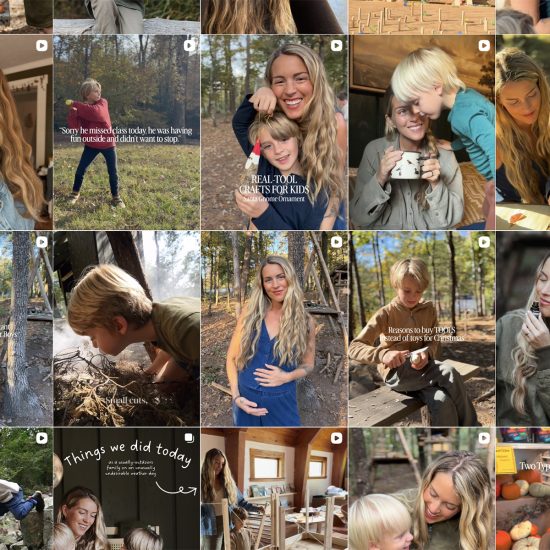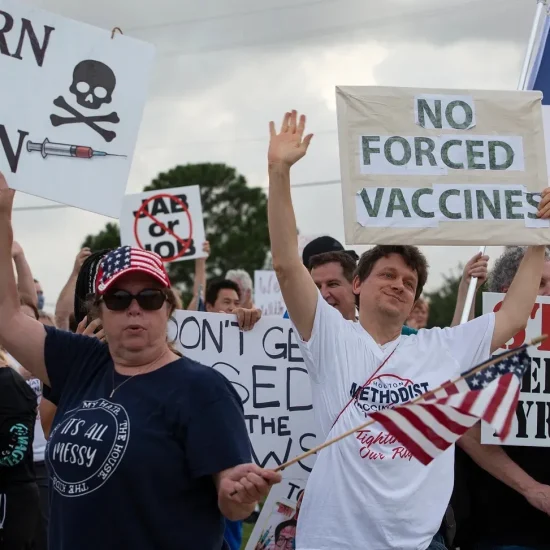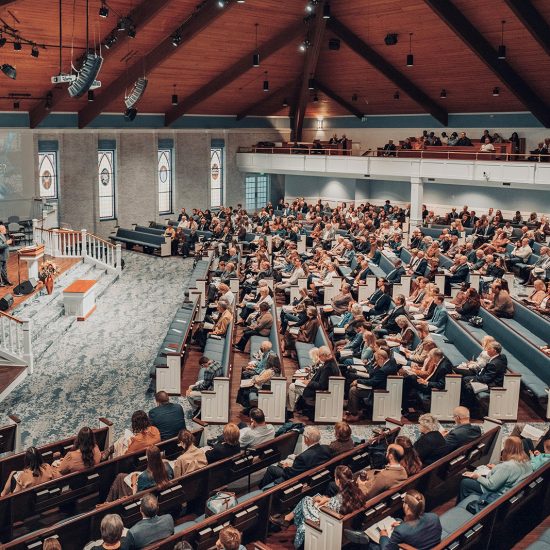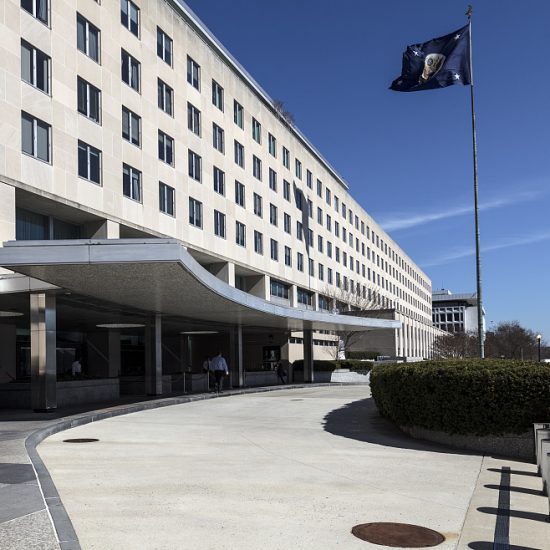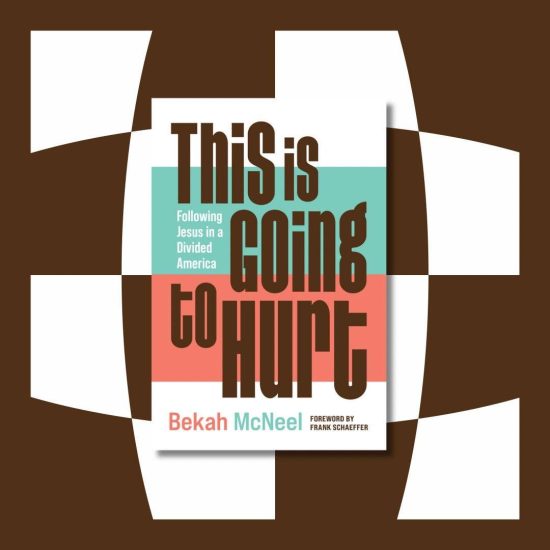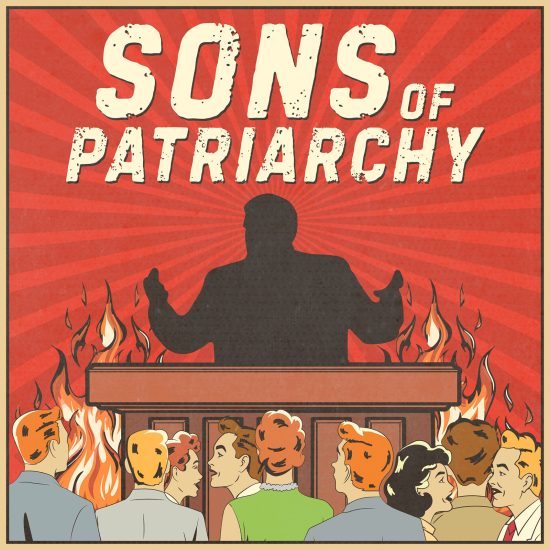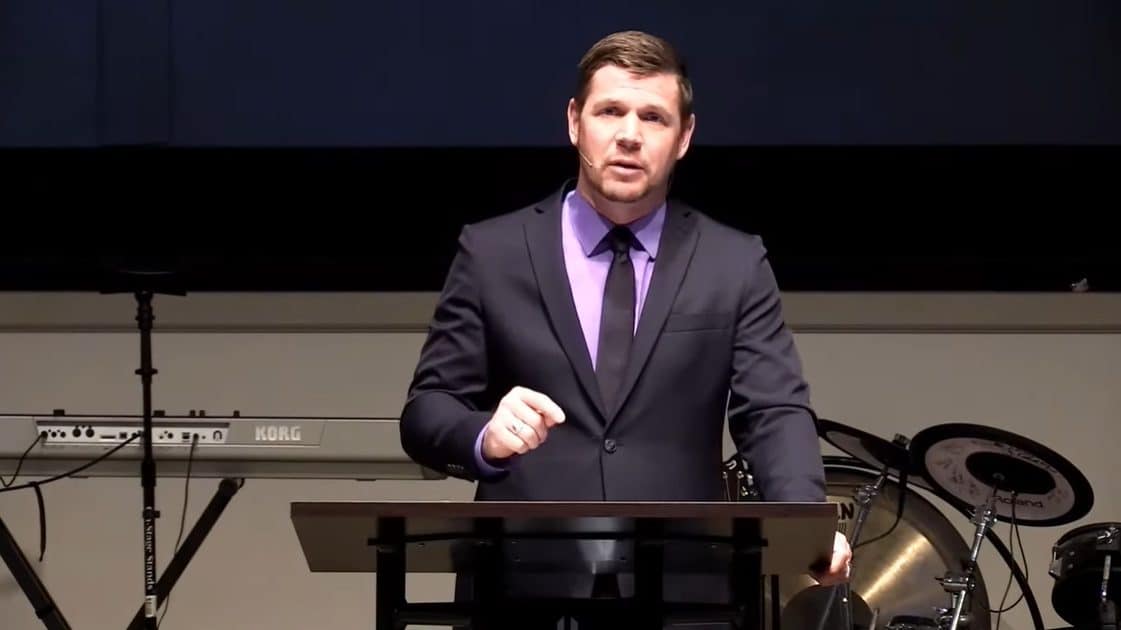
MOBILE, Ala. (BP) — In March, April, and May, our church staff braced for a wave of COVID-19 cases to sweep through our church family. It never happened. In fact, for the first three months of the COVID-19 outbreak, our church family of about 1,500 only experienced a handful of coronavirus cases. As far as we know, none of those cases was spread at one of our events. Two weeks ago, that all changed.
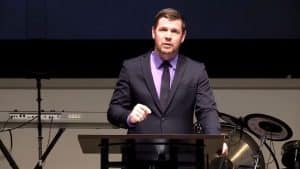
Screengrab as Derek Allen preaches during an online service June 29, 2020, due to coronavirus.
Like most churches, we moved to an online-only format in March, but as soon as our governor and state department of health gave us the green light, we started meeting in socially-distanced services. A few weeks into those services, we had a coronavirus scare, but it was short-lived.
One of our staff members was exposed to someone who later tested positive for the virus, and our entire staff was with the exposed staff member in a two-hour staff meeting a few days later. The exposed staff member then tested positive. We had the rest of our staff tested, but everyone else tested negative. No one, including the one staff member who tested positive, showed any symptoms. We breathed a collective sigh of relief, and many of us, including myself, came away from that experience more convinced than before that the only real threat we faced from COVID-19 was our services being shut down again.
Then it happened. The first phone call came on a Friday from a staff member. “Bad news. I’ve got a fever, body aches, and six out of the 11 symptoms on the CDC’s checklist.”
The next week was filled with phone calls and text messages about symptoms and tests and who had been exposed to whom. By midweek, we learned that the virus, which would eventually work its way through about half of our staff, had spread to some of our volunteers.
Almost two weeks after that first phone call, we are still waiting to find the end of the virus’s spread among our church family. This has been extremely challenging as a pastor and leader, and I hope I can share my experience with others who might learn from our mistakes dealing with COVID-19. Here are five lessons I learned:
1. There is a second wave. While I’m not going to get into the debate about the national and international second wave of COVID-19 cases, the second wave is real for our church family. In fact, this is really the first wave. We didn’t see anything like this in March, April, or May, but what we are watching now can only be described as a wave of infections spreading through our church.
2. It happens fast. One week from the time I received the first phone call reporting symptoms, we were aware of more than a dozen people showing symptoms. What was even more shocking was that we could track four generations of transmission from the original person. We are two weeks in, and the numbers are growing at a faster rate now than they were last week.
3. Assume every sniffle is COVID-19, and act quickly. Like most churches and organizations, we had been following the recommended steps of isolation, testing, and notifying those who have been in contact with anyone who tests positive. We’ve learned that the tests take too long, and false positives are possible along with false negatives. We’ve experienced both. We’ve also learned that most COVID-19 cases mimic other common illnesses and even allergies in the early stages. The phrase “I thought it was just allergies” has been heard all too often among our staff in the past two weeks.
At first, we followed the health department guideline of quarantining anyone who had been within six feet for more than 15 minutes of someone who is showing symptoms. Now, we quarantine anyone who even walked by the same building as someone with symptoms. If we had acted quickly to quarantine the entire staff, we would have cut our church-wide cases by at least half.
4. COVID-19 is a serious illness. Some of our staff experienced a day or two of mild symptoms, but several are still dealing with severe fever, fatigue, breathing problems, and other symptoms. It has been a harrowing and demoralizing journey for our team, and the first person who reported symptoms has just started feeling some relief in the past few hours.
Thankfully, we had only one short hospitalization, but please don’t let that keep you from taking this seriously. Remember, we are less than two weeks into this, and at least one staff member is dealing with complications that could result in hospitalization. Hospitalizations aside, it has been heartbreaking to watch those I love and lead suffering intensely.
5. Isolation and social distancing work. I’m convinced that one of the reasons the virus hasn’t spread faster and farther is that we have been following procedures designed to isolate sick people and keep everyone else socially distanced. At the same time, we had gotten comfortable, and on a few occasions we were a little lax in those policies. We can trace almost all of the infections back to one of those times.
The physical, mental, emotional, and spiritual impact of COVID-19 is significant. We’ve all blamed ourselves in some ways, and the last two weeks have presented new challenges daily. We trust the Lord is working through our suffering for his eternal glory and our eternal good, and perhaps part of that good and glory is that you can learn from our journey.

